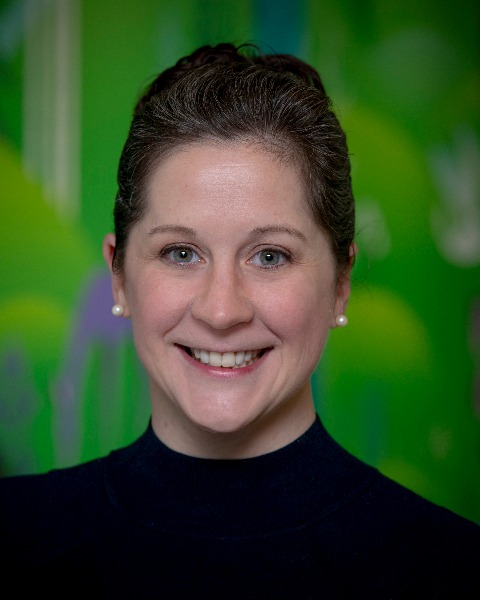Research (R)
PP1331 - Smartphone-Based Tympanometry

Justin Chan, PhD student (he/him/his)
PhD student
University of Washington
University of WashingtonDisclosure(s): Wavely Diagnostics: Intellectual Property/Patents (Ongoing), Ownership Interest (Ongoing), Patent Holder (Ongoing), Stockholder/Ownership Interest (excluding diversified mutual funds) (Ongoing)
- AN
Ali Najafi
Financial Disclosures: I do not have any relevant financial relationships with anything to disclose.
Non-Financial Disclosures: I do not have any relevant non-financial relationships with anything to disclose. 
Mallory Baker, AuD (she/her/hers)
Clinical Audiologist
Seattle Children's Hospital
Bellevue, WashingtonFinancial Disclosures: I do not have any relevant financial relationships with anything to disclose.
Non-Financial Disclosures: I do not have any relevant non-financial relationships with anything to disclose.
Julie Kinsman, AuD (she/her/hers)
Pediatric Audiologist
Seattle Children's Hospital
Bothell, WashingtonFinancial Disclosures: I do not have any relevant financial relationships with anything to disclose.
Non-Financial Disclosures: I do not have any relevant non-financial relationships with anything to disclose..jpg)
Lisa Mancl, MS
Pediatric Audiologist, LEND Faculty
University of Washinton
University of Washington, WashingtonFinancial Disclosures: I do not have any relevant financial relationships with anything to disclose.
Non-Financial Disclosures: I do not have any relevant non-financial relationships with anything to disclose.- SN
Susan Norton
Financial Disclosures: I do not have any relevant financial relationships with anything to disclose.
Non-Financial Disclosures: I do not have any relevant non-financial relationships with anything to disclose. - RB
Randall Bly
Financial Disclosures: I do not have any relevant financial relationships with anything to disclose.
Non-Financial Disclosures: I do not have any relevant non-financial relationships with anything to disclose. - SG
Shyam Gollakota, PhD
University of Washington
Financial Disclosures: I do not have any relevant financial relationships with anything to disclose.
Non-Financial Disclosures: I do not have any relevant non-financial relationships with anything to disclose.
Lead Presenter(s)
Contributor(s)
Contributor (Not Presenting)(s)
Contributor(s)
Summary:
Rationale: Tympanometry is a key test to measure the function of the middle ear, and is often used as a tool to assist in the diagnosis of middle ear disorders. Existing tympanometers are expensive, often costing $2000-$5000, making them inaccessible to low- and middle-income countries (LMICs) where hearing screening programs are less developed.
Objective: In this study, our goal is to design and evaluate a low-cost smartphone-based tympanometry system in parallel with a commercial tympanometer on patients with middle ear disorders in an audiology clinic.
Design: We report a low-cost, open-source smartphone attachment that can perform tympanometry by changing pressure in the ear using a precise stepper motor to carefully alter the movements of a syringe. We then send a 226 Hz tone into the ear and measure the acoustic admittance with a microphone to produce a tympanogram. We run algorithms on our smartphone attachment to detect when a seal has been formed in the ear and automatically begin and end a measurement without any user intervention.
Results: We performed a clinical study on 50 ears from 1 to 20 years (mean age 9 ± 5 years, and a female-to-male ratio of 0.52) in an audiology clinic and tested our smartphone-based system in parallel with a commercial tympanometer. The measured tympanograms were classified by an audiologist into the Liden and Jeger classification. Of the 50 ears, 40 of them were Type A, 5 were Type B, 3 were Type As, 1 was Type Ad, and 1 was Type C. In our study we showed an agreement of 86 ± 2% across 100 tympanograms measured on the smartphone and commercial device when presented to five pediatric audiologists.
Conclusions: Although commercial tympanometry is considered standard of care for assessing middle ear function, they cost thousands of dollars which can make them inaccessible in resource-constrained environments. Given the ubiquity of budget smartphones, particularly in LMICs, our system has the potential to increase access to screening for middle ear disorders.
For more information on this work, including a video of the device, please visit this link: https://tymp.cs.washington.edu/Learning Objectives:
